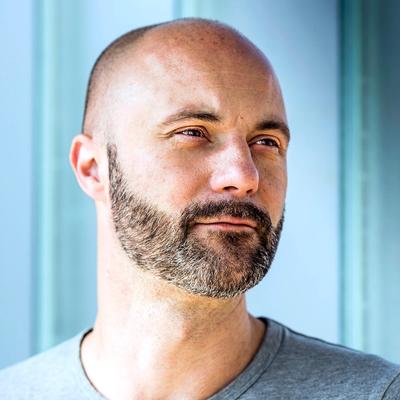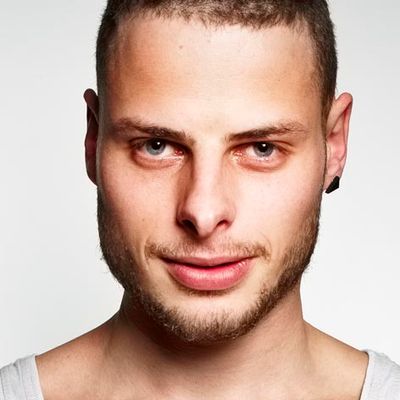Biomodd [ZKM7]
![Biomodd [ZKM<sup>7</sup>]](https://cdn.sanity.io/images/t39t9igo/production/1a909aa190e8da698fe5b80c25573fd9746e4c60-3840x2560.jpg?w=1152)
resources | |
|---|---|
| Video Biomodd [ZKM7] intro | |
| Talk GLOBALE: Exo-Evolution: Biomodd [ZKM7] | |
| Talk Life on a Starship: Integration, Evolution and Co-Creation | |
Biomodd was developed as a public performance during the exhibition Exo-Evolution at ZKM. The exhibition focused on the artistic use of new technologies, and aims to open up views into the future. Exo-Evolution showed a new reality shaped by game-changing technologies, including: 3-D printers and robots, cyborgs and chimeras, molecules and gene pools, synthetic life forms, bionic suits, silicon retinas and artificial tissue, as well as new discoveries in space research, molecular biology, genetics and quantum information science. A community of over 30 artists, designers, architects, gamers, hackers, and biologists transformed a corner of the museum into an open Biomodd lab. This Biomodd explored a cellulaire architecture which made it possible to spatially attach the visual pieces together. During the exhibition visitors could engage in a conversation with the team, make suggestions, or even contribute. The entire lab was displayed throughout the exhibit, while local team members where evolving the installation on a regular basis. Exo-Evolution was part of the GLOBALE initiative of ZKM, a 300-day series of events and exhibits about new art in the digital age
Ansgar Sonntag, Carolin Clausnitzer, Helena Neubert, Helena Palomero, JackMcCrack, Morgane Stricot, Olf, Roland Schaefer, Yutie Lee, Jonathan, Veronika, Maxie Goetze, Philipp Ziegler, Alexis Johnson, Ali Gharib, Amos Egel, Annika Völp, Ansgar Sonntag, Benjamin Fouquet, Billy Bultheel, Carolin Clausnitzer, Christina Vinke, Eva Franz, Jagoda Szmytka, Jan Cordes, Johannes Kern, Jonathan Debik, Kornelius Kinerdmann, Marco Mandaglio, Maren Pfeiffer, Tatjana Roith, Veronika Draexler, Victor Fancelli, Angelo Vermeulen
















